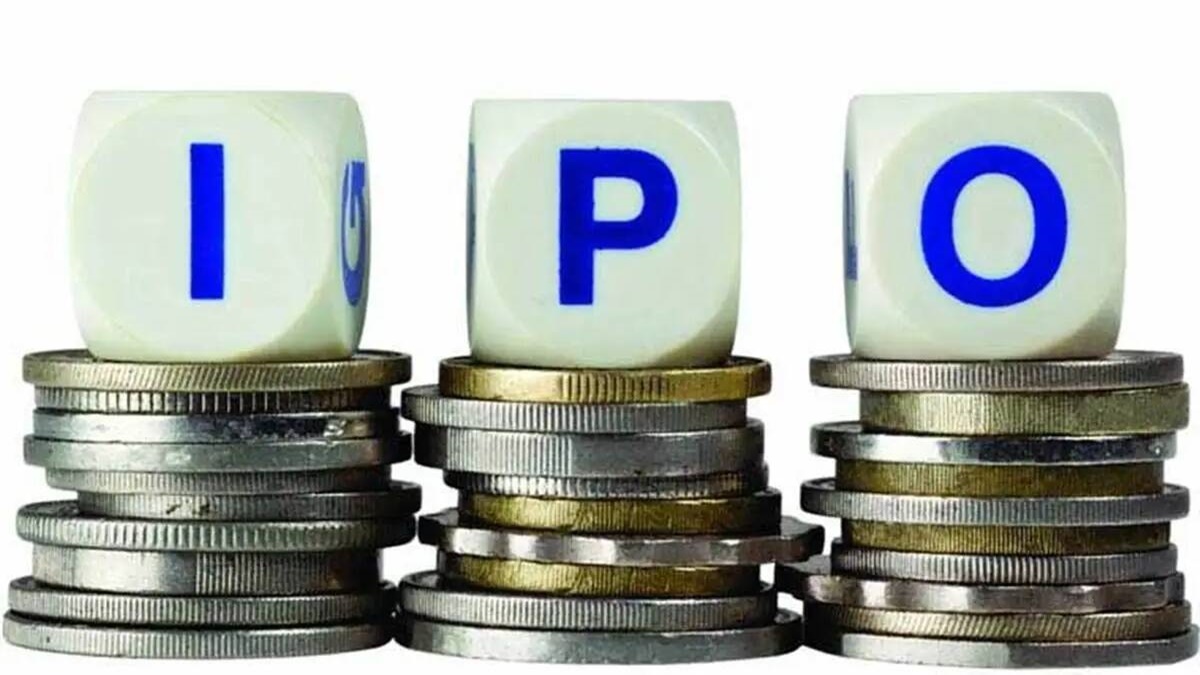The 2022-23 fiscal was the best year for public share sales of small and medium enterprises (SMEs) as individual investors, lured by eye-popping returns, flocking to pick up these offerings.
SME firms mopped up Rs 2,232 crore by way of 125 offerings in FY23, more than thrice the 37 mainboard issuances that have hit the market. The collection was 128% higher than the previous yearm and surpassed the cumulative Rs 1,722 crore garnered in the previous three years. Until now, FY18 was the best year for SME IPOs, with 155 offerings garnering Rs 2,225 crore.
The outperformance and the uptick in the number of SME IPOs is surprising given the adverse market conditions last year for equities. According to experts, the past performance of some of the SME IPOs in the last two years has led retail and HNI investors to join the SME bandwagon.
One in five SME IPOs were oversubscribed by more than 100x and 15 IPOs were subscribed in excess of 200x, according to data from Hem Securities. Eighty-two percent of the companies listed on the SME platforms gave positive returns on listing day compared with 65% of the companies that did so on the main board. The BSE SME IPO and NSE Emerge indices returned 76% and 32%, respectively, in FY23. This compares with returns of -4% for both Nifty 500 and BSE Smallcap indices.
“Any investment that returns profits time and again, attracts investors. We have seen several SME IPOs turning multi-baggers in the recent past. It is difficult to say how many of these newly listed SME stocks will continue to do well, as many of them were not even investment grade. I will not be surprised if a few of them may fall off in the next year or two,” said Ambareesh Baliga, an independent market analyst.
Baliga said that many of these investors had turned “stag”, meaning they applied in the IPO and exited on listing day. “Compared to the earlier part of last year, getting SME IPO allocation in the ‘more promising’ issues has become difficult as everybody caught on to the game and the issues were getting oversubscribed heavily. I would probably avoid a SME IPO investment at this juncture unless the story is compelling,” he said.
Despite the possibility of high returns, experts said there was a chance of losing one’s entire capital in SME stocks. Analysing these firms could be tough because they are not tracked by analysts and there is limited data in the public domain. Investors are left to themselves when it comes to gauging the credibility of promoters.
“Retail investors should be cautious while investing in SME IPOs. It is difficult to assess the management quality as the companies are very small and most of them do not have a long history. But one can take a view on balance sheet quality, business model and valuations before investing because it is an extremely risky space,” said G Chokkalingam, founder, Equinomics Research & Advisory.
SMEs and MSMEs account for 40-45% of India’s industrial and manufacturing GDP, he said. The combined market capitalisation of of SME stocks, on the other hand, is less than Rs 1 trillion. So, the scope of companies that can tap the market in future is huge, according to Chokkalingam.
Also read: UPI: How peer-to-merchant transactions overtook peer-to-peer in volume; check details
The SME segment has been grappling with lack of liquidity and lacklustre institutional participation. A recent working paper by the Reserve Bank of India has advocated the need for greater institutional participation in such IPOs. The paper has found that lack of after-market liquidity remains a problem in the SME exchanges, with the turnover ratios significantly declining within the first 60 trading days after listing.
The BSE and the NSE launched SME platforms in 2012 after the regulator had come out with easier listing and disclosure guidelines to help small companies tap the capital markets.
